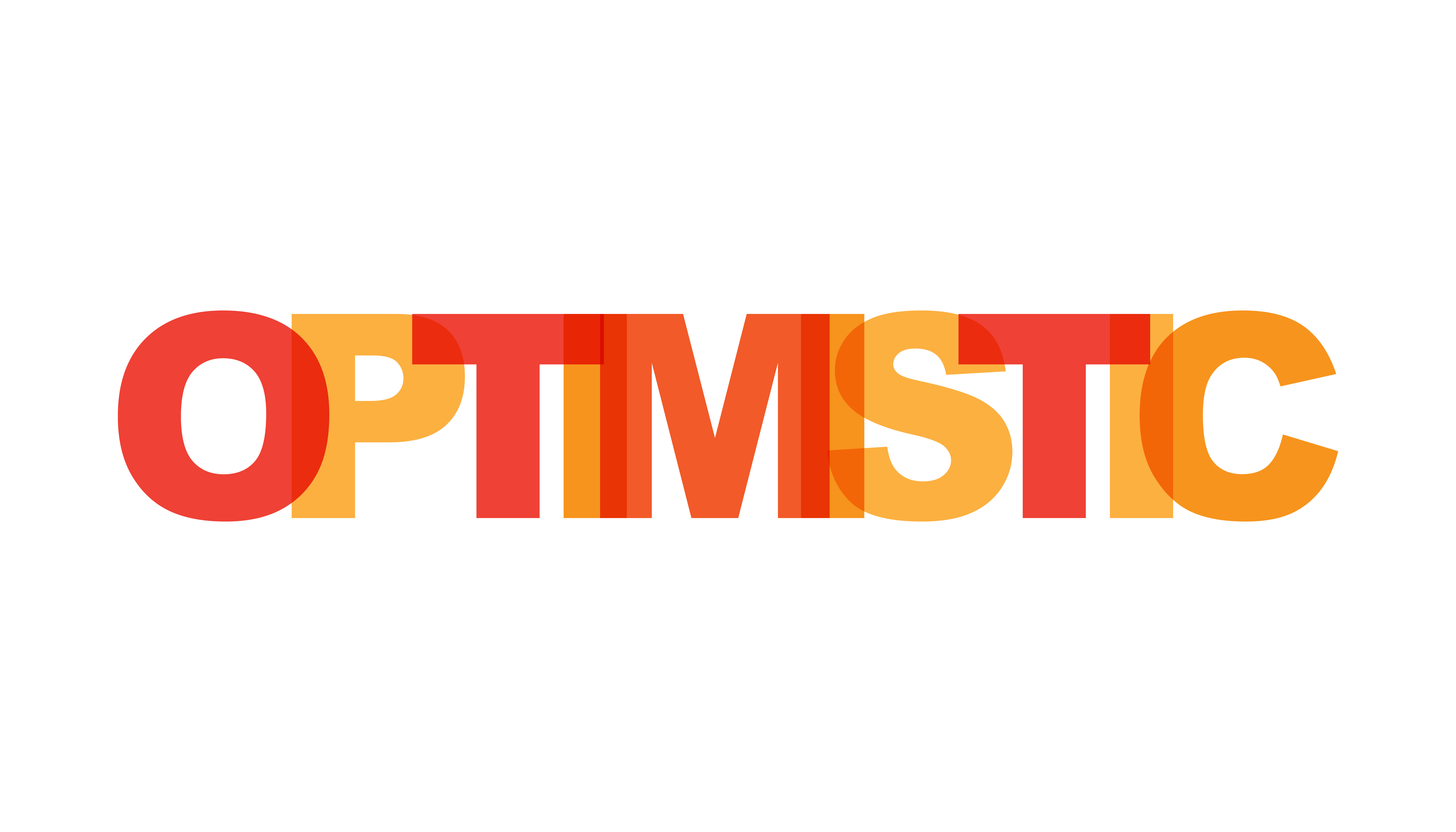
by Julie | Aug 28, 2019 | Uncategorized
For the past few years, I’ve been working under the assumption that I am unable to grow peppers in my garden because of the elevation where I live. Our property is typically 7-10 degrees cooler than those in town, and I don’t have any concrete structures around my garden to help generate or retain heat. My argument goes like this: peppers need heat to grow, my garden lacks heat, therefore I can’t grow peppers. This was a great story to make me feel better about how my pepper plants aren’t producing many peppers.
That is, until I went to my neighbor’s house. My neighbor has healthy, green, high-producing pepper plants. So I asked him what he uses to make his pepper plants look so good. His answer? Chicken manure.
I felt happy and deflated at the same time. All I have to do is add chicken manure and I can have high producing pepper plants. But, his answer also made me realize that all the excuses I’ve been giving myself weren’t valid. In order to get different results, I will need to do something different.
How about you? What stories are you telling yourself about your business? Are you having a hard time retaining employees because of the low unemployment rate, or could it be because you haven’t created a culture that makes people feel valued? Are your sales down because your industry is slow or because your sales process isn’t effective? Is productivity down because your employees don’t care about their jobs or is it possible they haven’t been given the tools they need to be successful?
We all tell stories to make ourselves feel better. But when you aren’t getting the results you desire, it’s time to ask if you’ve been selling yourself a line of manure – or if, perhaps, you need to add some manure to your business? I’ll leave it to you to decide which will help you get the results you desire.

by Julie | Aug 22, 2019 | Uncategorized
The current expansion of our economy is over 120 months long, which is the 3rd longest in our country’s history. While we know this won’t last forever, many CEOs find it hard to take focus off maintaining their current growth while preparing for a possible economic slowdown. As the saying goes, “Profit covers Sin,” and businesses need to take steps now to uncover their sin in order to preserve profit to ensure their businesses are robust enough to survive an economic slowdown.
From a business perspective, one of the areas where I observe opportunities for preserving profit is through robust processes. I recently worked with a construction company that was entering their busy season. After just a 15-minute meeting, it was clear the company didn’t have processes in place that could help streamline day-to-day activities including preparing samples for a customer, invoicing new suppliers and communicating with customers. The lack of processes was causing disorganization and employee frustration. By establishing some basic processes, they were able to improve employee efficiency, enhance customer satisfaction and ultimately improve profitability.
From an individual standpoint, the most common productivity issue I run into with my clients is managing priorities and time. With all the requirements of the job, what are those vital activities which must be worked on? For me, the process of identifying those activities starts with my annual goals. From those goals, I use a monthly planning tool which helps me identify the key activities that must be accomplished every month. Then I use a weekly tracking tool that helps me make sure I’m using my time efficiently. Without this structure, I find myself adjusting my activities based on my mood or what I feel like working on, which sometimes is counter to my long-term growth goals.
This leads into another area that typically needs improvement: time management. This equates to understanding where and when to put your concentration and focus. For example, email is one of the biggest problem areas for my clients. An email inbox is a list of other people’s priorities for you, not a list of your priorities. But almost everyone I know checks their email first thing in the morning and constantly throughout the day. In addition, nearly all of my clients are alerted for each new email. These notifications are a distraction from what you are working on. Studies show that for each interruption, your brain will work on up to three different tasks before it goes back to the task it was initially working on. This can cause an incredible amount of wasted time and effort.
Time management also means scheduling time to work on non-urgent items that will have the greatest impact on you and your company. Steven Covey’s book “The 7 Habits of Highly Effective People” outlines the Time Management Matrix. In order to get the results we desire, we need to spend more time in the Important and Non-Urgent quadrant. This requires more thinking and planning and less doing. Personally, this is hard for me, as I like to check items off my To Do List. But the greatest gains I see come from spending more time on Important and Non-Urgent activities.
Having said this, the bigger question is how do I know what specifically I should be working on? Typically, my clients know they need to make improvements: they need to grow sales, they need to streamline processes, they need to focus on strategic issues. The challenge is which activities should I work on that will yield the greatest results?
The answer to this question is the root of planning for continued economic success. I recommend that management teams establish goals for where they want the company to be in the next 18-24 months and then identify critical success factors to achieve those goals. For example, if the company needs to grow 5% per year, what are the critical success factors for success? This could be greater manufacturing capacity, an enhanced sales team, new products, etc. Once there is agreement on the critical success factors, the team can develop an action plan to address those identified areas. I recently worked with a client whose goal was to grow sales by 10% within a specific targeted market. With the goal in mind, we talked through the critical success factors and the specific actions required of each salesperson. As an outcome of the meeting, each salesperson has identified target customers and specific goals for sales activities and these items are reviewed during their monthly sales meetings. Within just four months, they increased the number of new accounts by 25% and are on their way to achieving their goal of 10% sales growth.
An action plan can help individuals manage priorities and time and will also identify those processes that are critical to success. Implementing a plan like this isn’t difficult, it just requires discipline and commitment. If you need assistance getting your team unified and focused on the right priorities, let’s have a conversation on how to achieve your desired results. I’ve worked with numerous clients to establish a strategy for success and each time, the team has been able to achieve the desired results much faster than they could have imagined.

by Julie | Aug 6, 2019 | Uncategorized
I’ve been keeping busy this summer – enjoying the puppy, time outside and of course, the often elusive Pacific Northwest sunshine. A few weeks ago, I noticed some aphids on one of my Brussel Sprout plants. I’ve struggled with aphids in the past and my solution was to remove the infected plant. I’ve also avoided putting aphid loving veggies in my garden which really isn’t a good solution (though I think my husband is OK with this). I decided that this year is the year to learn how to manage those little pests.
But, again, I’ve been busy with summer so it took me a few days to research how to handle aphids (soap and water), then a few days to order the pure Castile soap and a more than a few days to actually go up and spray the plant. Well, the culmination of all of those days resulted in my plant being eaten alive. These little tiny aphids killed my plant and they started on to my adjacent plants too. Fortunately, I sprayed all the remaining Brussel Sprout plants and as of a week later, they seemed to have survived.
I started thinking about how the same thing can happen to a business. An unhappy employee left to fester can impact the employees around him and destroy the culture. If you sense there is a problem with an employee, talk to the employee, understand the issue and take steps to address it. Because if you don’t, the health of your employee, the surrounding employees and the company are at risk of being destroyed. Whether you are growing a garden or cultivating your business, learning how to manage pests is a necessary skill for ongoing success.

by Julie | Feb 26, 2019 | Leadership, Management
So, what does 2019 hold? If only the batteries in my crystal ball weren’t dead, I could tell you. But I have been doing my research and talking to experts and here is what I have gathered about 2019:
- Confidence is down. This may be because of the dysfunction in Washington, the economists predicting a recession or even that thought in the back of our minds that says we are due for a correction. Regardless, this has impacted confidence which is impacting hiring decisions, equipment purchases and investment in general.
- Unemployment is still low and will remain low for the remainder of the year. Most business owners are having a hard time finding the right personnel to fill their open positions. This has impacted company growth, company productivity and morale of the workforce overall.
- Industries are evolving so there are opportunities to move into new markets. Maybe there is an idea that has been percolating within your team and now is the time to move on it. And keep in mind that other companies are in similar situations so they may be more open to new ideas and approaches.
- Re-evaluate technology. We have become so dependent on technology that we can’t imagine living without it but now is the time to evaluate what aspects are working and what aspects aren’t. Use technology to further your business or your life but be intentional about how you use it.
Based on all this, I have come up with a list of what you can do to ensure you have an overwhelmingly amazing 2019!
- Schedule a strategic session with your management team. Think about where you want to go and how you want to get there. Resurrect those initiatives that have been on the back burner that deserve attention now.
- Task the sales team to go meet with current customers. Ask for feedback on performance, areas for improvement and then ask them WHY they do business with you. The answer may surprise you and you can leverage that information for future customers.
- Start sharpening your tools. More than likely, you team has been running full speed ahead. Many “should be dones” have fallen by the way side. This is a great time to start working on these projects. This includes enhancing processes to reflect current or best practices, updating work instructions, or addressing gaps in your cross training matrix.
- Enhance communication. Don’t assume that your employees know the direction you are taking the company – remember they can’t read your mind. Share with them your vision, strategic plan and long and short-term priorities. And then keep sharing – the more they know about the direction the company is going, the more likely they will follow you.
- Discover your hidden gems. Are there people whom you sense are under-utilizing their skills? In nearly every organization I work with, there are people who aren’t using their skills to the best of their ability. This may be because they are in the wrong position, that they have been in the same position for too long or they work hard and fly under the radar. Empowering the under-utilized is one of the best ways to enhance productivity.
Need help with implementation? I’m just a call away. The companies I have worked with realize a ROI of up to 10 times their investment.

by Julie | Jan 30, 2019 | Management, Process Control
Earlier this week, I had the most amazing cup of coffee. The flavor was perfect with hints of chocolate and caramel and it was very smooth with no bitterness. I took my first sip and immediately stopped and savored the flavor. As I enjoyed this cup of coffee, I felt my mood lighten up and my energy level soar. What a perfect way to start the day.
But, as I finished my coffee, I started to feel sad. Sad because the cup was almost empty, and I had no way to recreate this cup of coffee. As you non-coffee drinkers might not know, a perfect cup of coffee is a combination of optimally roasted coffee beans, the correct ratio of beans to water and water at the ideal brewing temperature.
I roasted these beans a few days earlier, and I was fairly certain that the beans were from Timor (I really should mark my containers better).
Since I was traveling this week, I didn’t have my scale, so I wasn’t sure exactly how much coffee I had put into my pour-over and I was using an electric kettle and I wasn’t sure what the temperature of the water was (but I know it was below boiling). The only thing I knew for sure was the beans were roasted until just past second crack, which is my standard process when I roast my beans.
Without these vital data points, I am forced to work hard to try to recreate this perfect cup of coffee. And I still haven’t been able to do it.
As I considered my predicament this morning while enjoying my now sub-par cup of coffee, I started thinking about my clients and how often they find themselves in this situation. Business was humming right along and then suddenly they find themselves in a situation where productivity is low, quality is lagging, or profitability is down.
That is usually the time when my clients reach out to me to get the business back on track, whether that means enhancing productivity, developing strategic plans or coaching the management team.
But, what if we took a more proactive approach and characterized the company during periods of prosperity? By identifying those key performance indicators (KPIs) that are contributing to the success of your organization and tracking those KPIs, action could be taken when shifts are seen. This could positively impact profitability, employee engagement and productivity – it would be like everyone in your organization just enjoyed the perfect cup of coffee – energized, excited and ready to take on the challenges of day.
Ready to enhance profitability in your business? Email Julie today to get it buzzing tomorrow.





